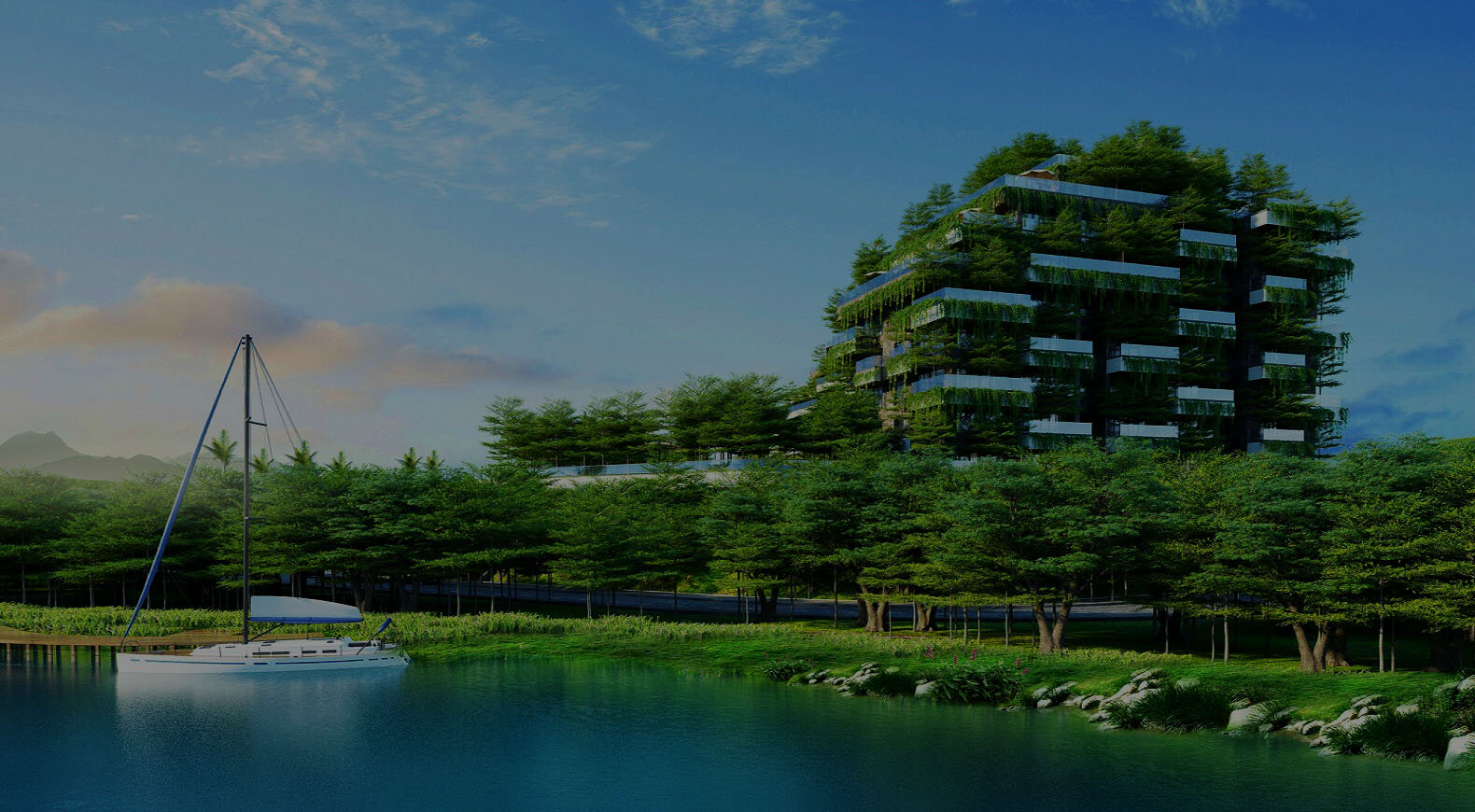
Blue is the new Green.
Sustainably Blue Malta is intended to act as a platform to help bring together those in Malta who believe in the future vision towards a more sustainable, zero carbon Malta.
Are you an architect, developer, engineer, project manager or in the area of public health?
Let’s start a conversation and work together to create lasting impact.
The effects of the built environment on us all is far reaching. On an island as small as Malta its effects are being felt.
Sustainability in the built environment includes so many aspects. It includes the material used to construct new buildings, from the Life Cycle of the building materials themselves including the process, the transport, the energy required to forge those materials. We need to include the public health aspects of the current building boom, with many complaints being made about noise, pollution caused by construction sites and unregulated contractors and one of the worst air quality indexes in Europe.
It is about reducing the energy produced by housing as an entity in both new buildings and in existing stock with retrofitting programs and insulating materials to reduce the need for HVAC systems for summer in an increasingly warm climate. It is about water conservation and the need to reduce energy costs for desalination. If you think there needs to be a change then please. get in touch.

Blue is the new Green -
Supporting innovative materials, high energy efficiency & on-site renewables
Rammed Earth
Could rammed earth be a sustainable alternative to concrete and cement? the 16th-century city of Shibam is one of the oldest and best examples of urban planning based on the principle of vertical construction. Its impressive tower-like structures rise out of the cliff and have given the city the nickname of ‘the Manhattan of the desert’[1]. Earthen architecture is one of the most original and powerful expressions of our ability to create a built environment with readily available resources [2]. Although rammed earth does not have very good insulating properties, the walls are very thick (typically 250-800 mm), meaning that rammed earth buildings can easily produce comfortable indoor conditions in hot and arid places. Rammed earth walls breathe, hence they can regulate the indoor relative humidity, making it suitable for people with respiratory problems [3] Could we be utilising Malta’s natural resources and at the same time creating beautiful low carbon apartment buildings?
Strawbales
Strawbale houses are cheap, provide natural insulation, and are, effectively, zero carbon or even carbon absorbing. Could architects in Malta embrace this revolutionary new way of building, providing affordable housing? The example here designed by Arjen Reas in the Netherlands, is a modern take on the traditional concept. If you’re looking to build with a small carbon-footprint, straw is an annually-renewable resource, not unlike lumber which can take decades to produce trees capable of yielding 2×4’s. Compared with other building products like wood, concrete or steel, bales are extremely light and easy to transport from the field to the construction site [4]. As the research accumulates as to its low carbon status, insulation and hygerothermal properties leading to healthier buildings, it is a material that could be utilised towards new, low rise apartment buildings as atypical of Malta housing stock.
(Image: Kees Hageman)
Timber - CLT
Whilst wooden balconies are a feature of traditional Maltese apartments, why not build entire structures? Cross-Laminated Timber (CLT) panels have been manufactured and used in European design for more than a decade and have demonstrated great structural performance [5]. Whilst there is some argument that even CLT is not suitable for the humid temperatures here, in fact, recent research has shown that, carefully treated, recent research shows this is not necessarily the case [6]. Shipping costs from Europe might add to the Life Cycle Assessment of construction material aspects but the carbon absorbing features of wood and the hygerothermal properties more than cancel these issues out compared to concrete usage and prepare occupants for healthier more thermally comfortable internal spaces. See also Building with CLT Panels here
Hemp
A relatively new composite material made from wet-mixing hemp shiv with a lime binder, Hempcrete provides a natural, vapour-permeable, airtight insulation material which also has great thermal mass, giving it a uniquely effective thermal performance. Using Hempcrete in your building creates healthy (chemical-free and damp-free) indoor environments. It is a “better-than-zero-carbon material”, locking away more atmospheric carbon for the lifetime of the building than was emitted during its construction. In new build, Hempcrete is usually used to form walls, in combination with a timber structural frame, and, vapour permeable, it has the ability to form itself around any shape before setting, Hempcrete is the ideal material for upgrading the thermal performance of older traditional and historic buildings.
Today’s innovators.
Tomorrow’s leaders.
We need to create a more sustainable construction industry here in Malta. With a construction industry that contaminates the very air that we breath amongst other negative aspects, it is time to look for new approaches to construction.

OUR AIM
Dedicated to change.
A new way of thinking is necessary to change things, Existing ‘old’ or ‘grey’ thinking, must replaced with joined up ‘blue’ thinking
We need to bring together the key players in Malta, to think about new ways of doing things, and, most importantly, to provide solutions to the ways things are done now. From recycling of construction waste, to alternatives to traditional cement and concrete mixing, we need a joined up thinking in the industry.
(Illustration by Juan Carlos Boo)






